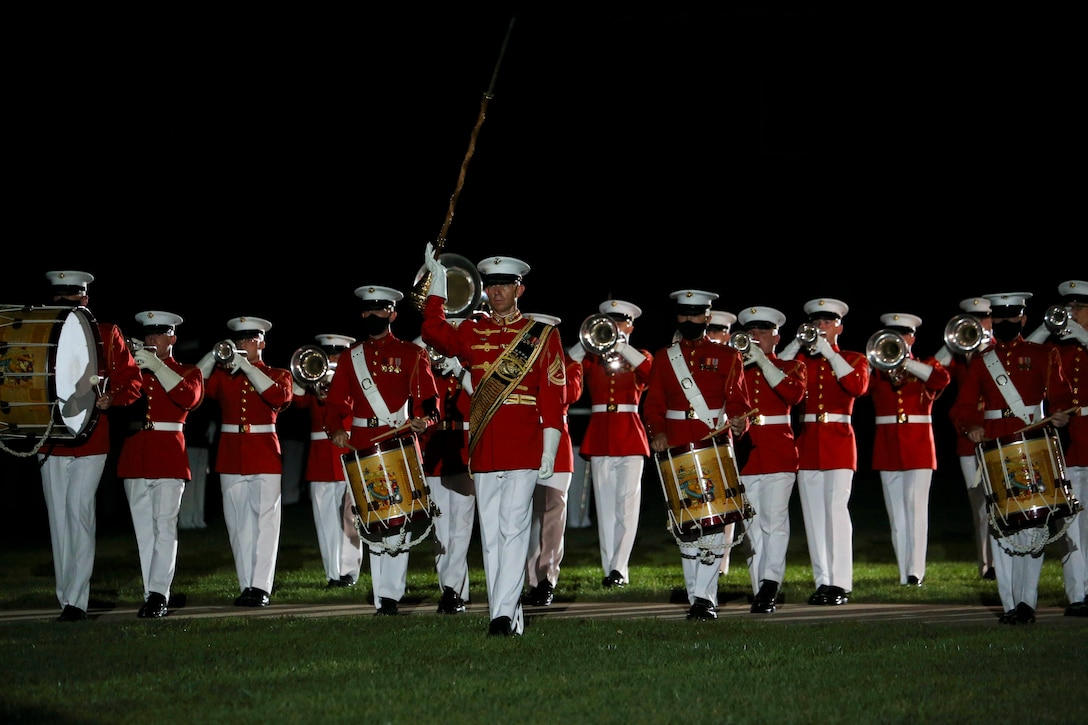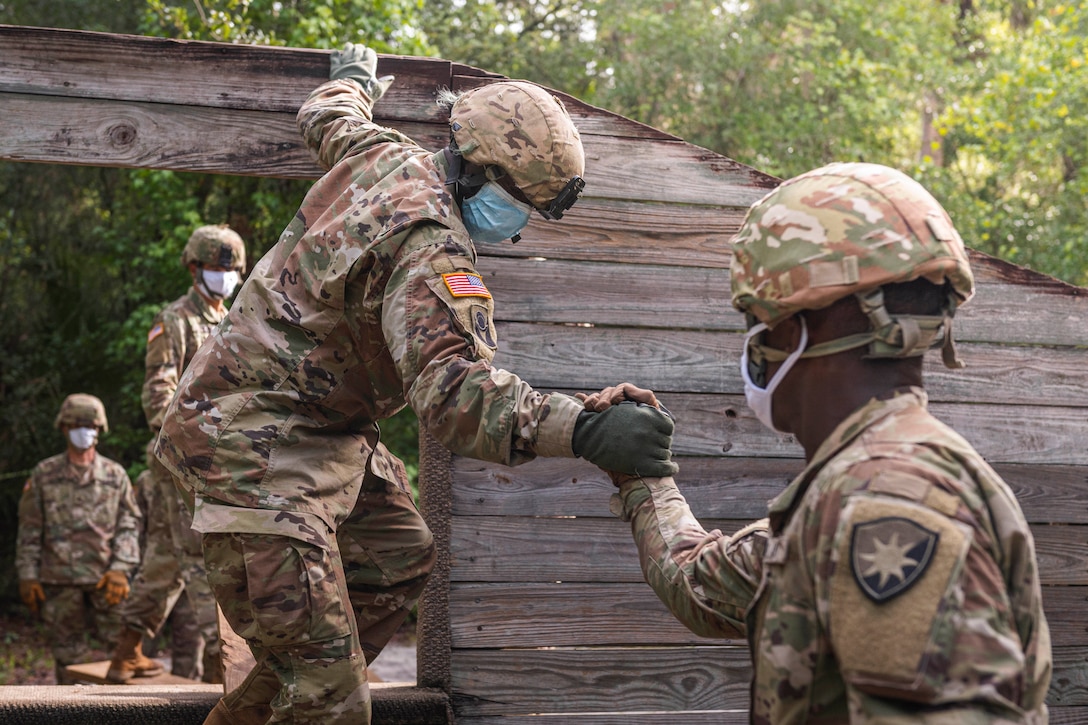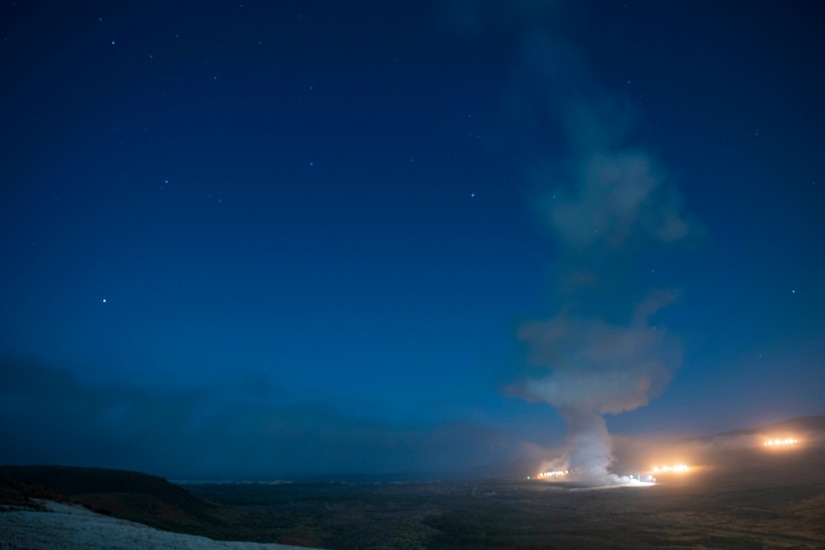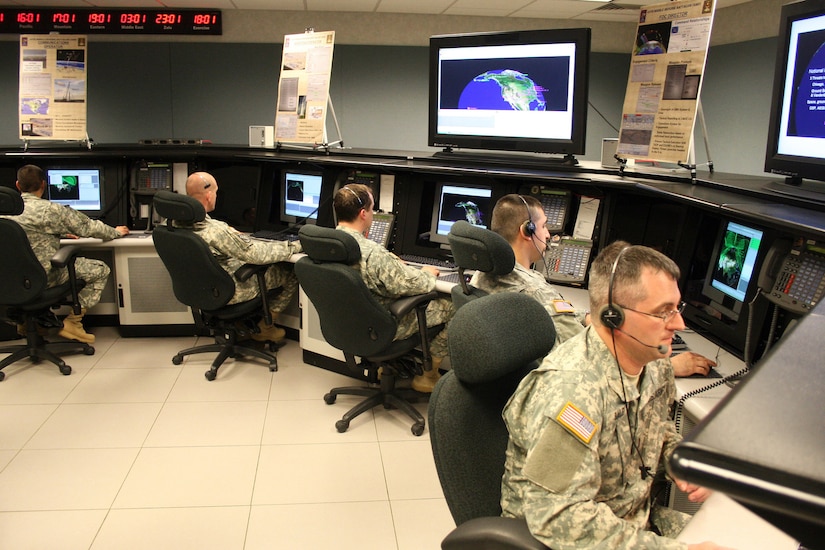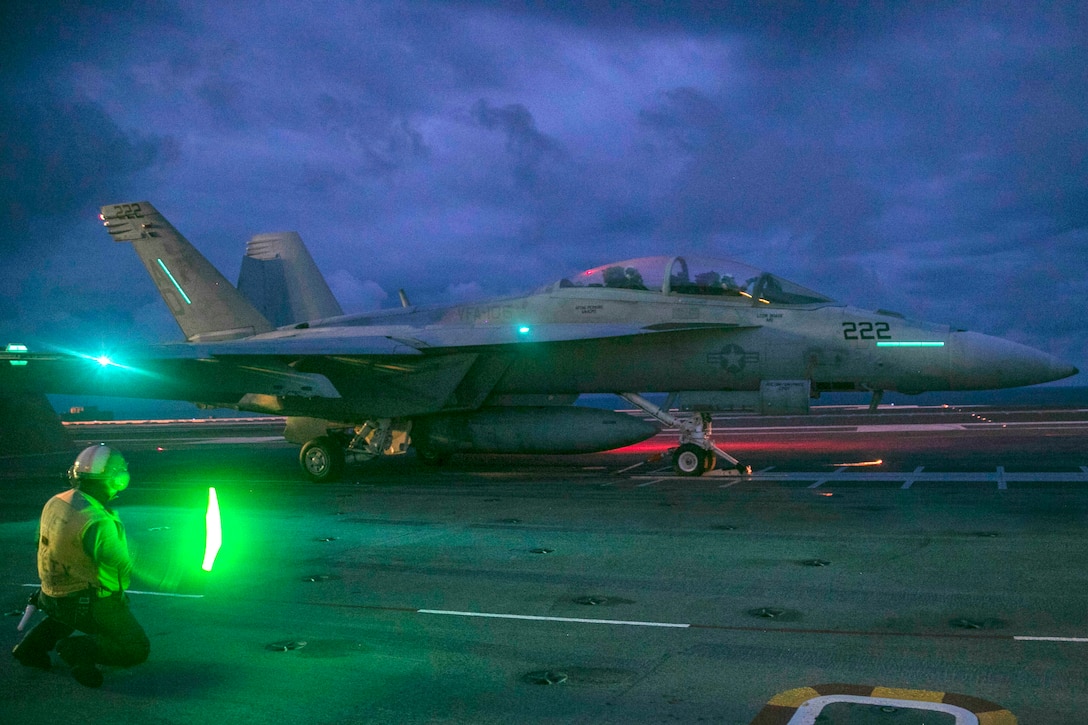Developing and deploying a sea-launched nuclear cruise missile is essential to deter Russia, U.S. officials have said.
A recent State Department paper says the new weapon would help fill a gap identified in the 2018 Nuclear Posture Review.
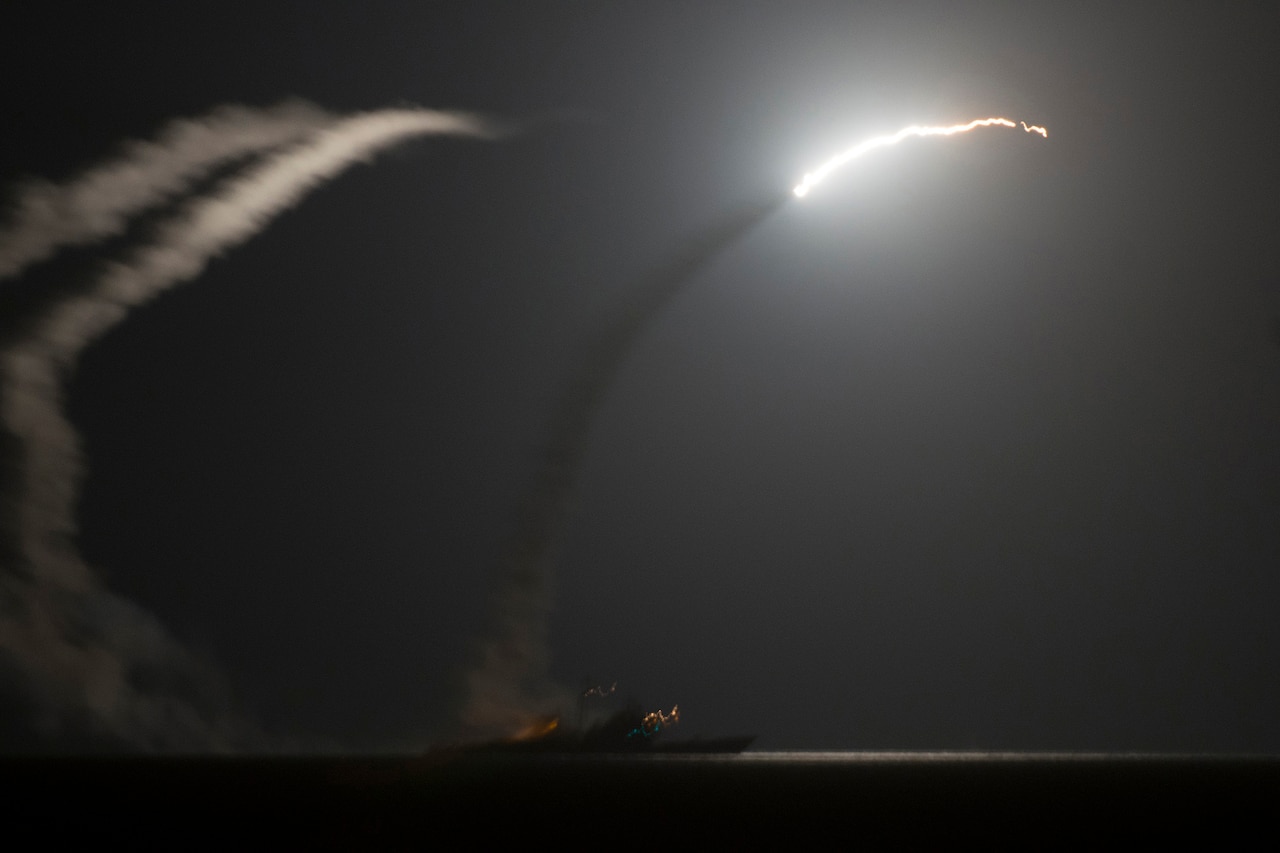
The United States retired its last nuclear sea-launched cruise missile in 2010 — one of only two remaining U.S. theater or tactical ("non-strategic") nuclear weapons. In contrast, Russia continued a comprehensive program to modernize and expand its low-yield theater and tactical nuclear weapons. What is more disturbing, officials said, is that Russian strategy actually contemplates the use of these nuclear capabilities in conflict.
Russian strategic thought mistakenly believes that limited nuclear first use with low-yield weapons could provide Russia with a "coercive advantage" in a conflict, the State Department paper says.
Russia may have pursued this strategy because the United States, unlike Russia, retired most of its non-strategic nuclear systems. Russia may believe it can use theater or tactical weapons, the paper says, because the United States could not effectively respond and might be reluctant to escalate further by responding with strategic nuclear weapons..
The 2018 Nuclear Posture Review calls for adjustments to U.S. nuclear forces to close this perceived gap on the escalation ladder and reinforce deterrence against low-yield nuclear use, DOD officials said.
A nuclear-armed sea-launched cruise missile would address alarming developments in the forces and doctrine of nuclear competitors, the posture review says, adding that Russia and China both are investing significant sums to improve and expand their nuclear forces with no clear indication as to where that expansion will stop.
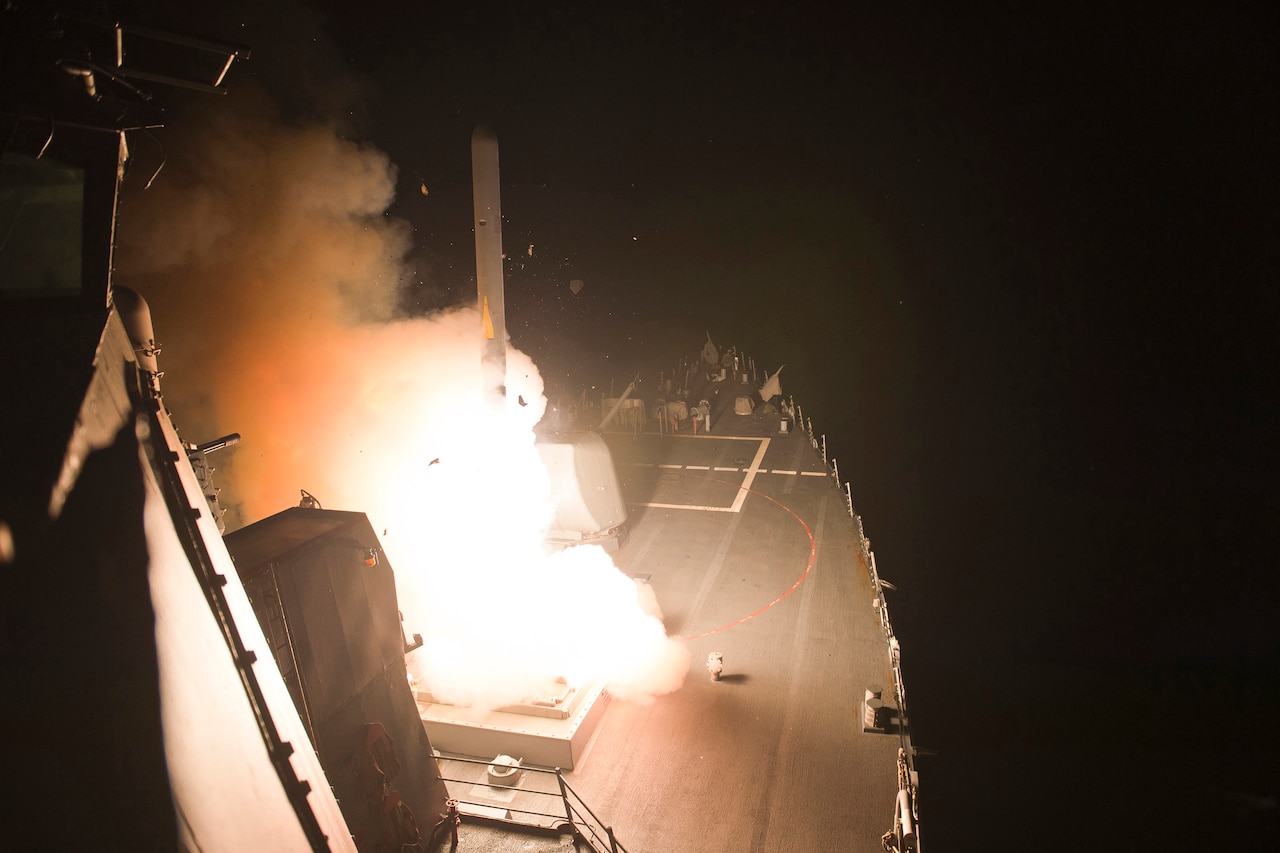
Russia's "adventurism" is the most immediate concern, officials said. The nation invaded Georgia in 2008 and still occupies two provinces. Russia illegally occupied Crimea in 2014 and sponsors a shooting war in the eastern part of Ukraine today. Russia has propped up the Assad regime in Syria and has prolonged the civil war in that nation. Russia has also sent forces to Libya, and Kremlin-associated contractors have seized two of its largest oil facilities. Finally, Russia has done its best to divide the North Atlantic Treaty Organization, seeking more leeway to intimidate the frontline states of Latvia, Estonia, Lithuania, Poland, Bulgaria and Romania.
There are credible concerns that theater and tactical nuclear capabilities are central to a Russian approach to regional conflict that envisions the early, limited use of non-strategic nuclear weapons to end a war on terms favorable to Russia.
"This approach may be premised on Russia's belief that its expanding anti-access/area denial networks will be able to neutralize the airborne nuclear deterrent forces of the United States and NATO," the 2018 U.S. Nuclear Posture Review concluded. "In the future, it is possible that China could adopt a similar doctrine. Developing and fielding (sea-launched cruise missile-nuclear) signal the leaders of nuclear competitors in a concrete way that the United States has the capability and will to maintain operationally effective nuclear options to deter regional aggression."
The SLCM capability could also help allay the concerns of regional allies shielded by the U.S. nuclear umbrella, officials said.
The United States having such a capability would make any adversary think twice about using nuclear weapons. Without requiring nuclear testing or violating any treaty, the SLCM "will lower the risks of nuclear conflict, bolster the confidence of allies and restore a degree of balance in non-strategic nuclear weapons that could create conditions more conducive to addressing this category of forces through arms control," the posture review says.
